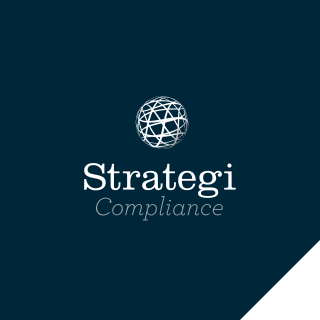Why is transaction monitoring important?
In the world of AML/CFT, transaction monitoring is a powerful tool for your business because it allows you to monitor customer transactions daily or in real-time for risk. This information in combination with your customers’ historical information and account profile, provide a ‘whole picture’ analysis of a customer’s profile and money laundering and terrorist financing risk levels.
A good transaction monitoring program will assist you to:
- Identify, mitigate and manage your AML/CFT risk.
- Identify and report suspicious matters to the Financial Intelligence Unit (FIU).
- Meet your ongoing customer due diligence and enhanced customer due diligence obligations.
Documenting your transaction monitoring programme
Your transaction monitoring programme should be described in a dedicated section within your overall AML/CFT programme. It needs to be based on the AML/CFT risk assessment of your specific business and include the processes you follow to identify and report suspicious customer transactions, such as:
- Unusually large transactions.
- Complex transactions.
- Unexpected patterns of transactions that don’t seem to have a legitimate purpose.
Your document should include key information on:
1. The processes you follow to:
- Identify and report suspicious customer transactions.
- Consistently review and manage the internal escalation and investigation of alerts.
2. Systems that trigger alerts for further review, for example:
- Transactions that may indicate unusual or suspicious activity, including suspected fraud or identity theft because of their size, frequency or pattern.
- Transactions that are sent to or received from a high-risk country or region.
- Payments that are sent to or received from a person or organisation on a sanctions list.
- Activities that may be inconsistent with a customer’s risk profile or history.
3. A process for increased monitoring of higher risk customers previously suspected of or investigated for potentially suspicious activity.
Conduct regular reviews
Whatever transaction monitoring policies and processes you have implemented the key is to ensure they are regularly reviewed so you can be confident everything is operating as intended. This is important for two reasons – firstly it will give you peace of mind your business is not being used to facilitate crime or is vulnerable to theft, and secondly that you are meeting your legal obligations.
A regular review needs to go beyond looking at and testing your existing processes. You should also keep on top of any new criminal methodologies, typologies or types of crimes that are present in your industry and update your policies and processes accordingly. If you don’t understand the terminology and/or are not up to date with the current risks your sector faces we encourage you to sign up for our sector specific refresher training today.
Get in touch
If you are looking to implement or enhance your current transaction monitoring programme, please feel free to contact the compliance team at Strategi who can assist you with any questions.


